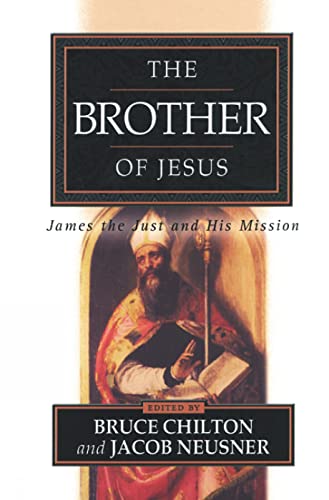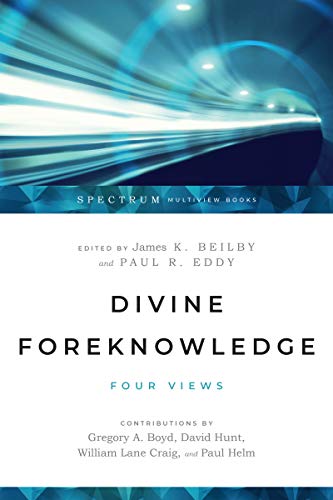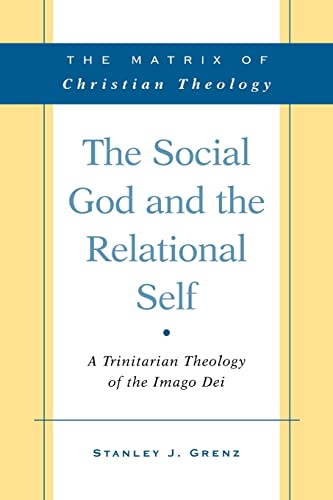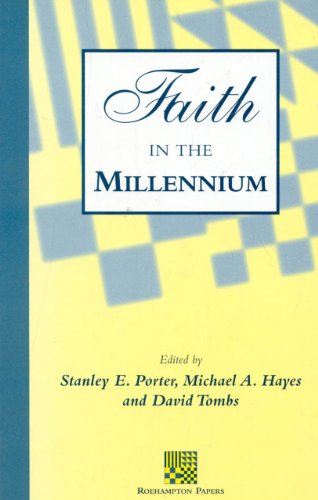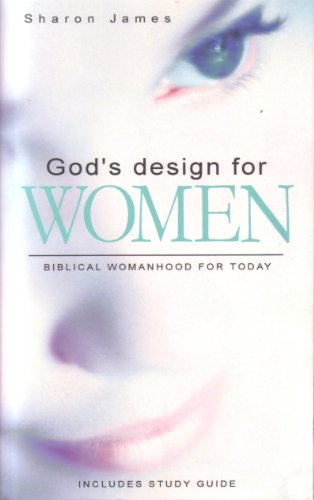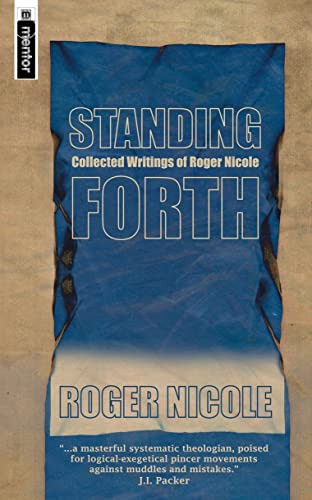THE BROTHER OF JESUS: JAMES THE JUST AND HIS MISSION
Written by Bruce Chilton and Jacob Neusner (eds) Reviewed By Douglas J. MooThe seven major essays in this volume stem from the meeting in 2000 of the Consultation on James at the Society of Biblical Literature national meeting in Nashville, Tennessee. Papers from the Consultation, which began meeting in 1998, have been published in a variety of forums. This series of articles has a wide audience in view and has the purpose of summarising much of the current scholarship on James in an effort to ‘accord him his deserved place in Christianity’s earliest history’ (ix). Since the essays are written from a wide spectrum of theological viewpoints, no single portrait of James emerges from the volume. Binding the essays together, however, is a conviction that James and his letter must be set within the context of first-century Judaism if they are to be understood and appreciated. Indicative of this concern are the opening and closing essays. In the former, Jacob Neusner proposes a methodology in assessing early Jewish writings that avoids the impasse created when a monolithic single ‘Judaism’ is assumed. What is needed, rather, is a method that begins with the relevant documents in an attempt to illumine the many ‘Judaisms’ of the era. James, of course, represents one of those Judaisms. Craig Evans then concludes the essays with a comparison of ‘Jacobean Judaism’ to the Judiasms of the rabbis and of Qumran. While noting many commonalities, Evans concludes that the centre of gravity in each Judaism is quite distinct: covenant renewal at Qumran; studying and obeying Torah among the rabbis; ‘faith and piety centred on Messiah Jesus’ (182) for James.
The other five major essays analyse different issues in the James/Judaism relationship. John Painter provides a comprehensive assessment of the historical evidence about James. A critical appraisal of all the sources suggests (contrary to the usual view) that James was a follower of Jesus during his earthly ministry. He very quickly assumed leadership of the early Jerusalem church, represented a theological viewpoint at odds with Paul, and was martyred not because of his Christian witness but because of an intra-Jewish political/social squabble. Peter Davids turns his attention to the letter of James. Taking a literary, rather than a historical approach, Davids avoids the question of authorship, arguing that what is important for his purposes is the fact that James is the ‘implied author’. The author identifies the community he addresses as a variety of Israel; indeed, the ‘true variety’ (68). The solidarity of this community is being undermined both by external pressure and internal ‘desire’. In response to these threats, the author urges the community to endure by depending on the good gifts of God and in light of the coming eschatological vindication. Wiard Popkes also sidesteps the authorship question is his brief exposition of the letter’s teaching. He sees the letter as a response to ‘early Protestantism’, a misconception of Paul’s stress on faith. In his analysis of the relationship between James and Jesus, Richard Bauckham views the letter as a genuine encyclical to diaspora Jewish Christians from James, the brother of Jesus. In agreement with Painter, Bauckham argues that James was a follower of Jesus during his ministry, affording him ample opportunity to hear and learn the teaching of Jesus. In his letter, then, James follows the pattern of Jewish wisdom teachers by ‘repackaging’ that teaching for his readers. Finally, Bruce Chilton offers a wide-ranging comparison of James with Paul, Peter, and Jesus. He endorses the usual picture of James as focused on Torah and Temple and adds the idea that James was a Nazirite, with deep concern about purity. The volume concludes with a brief epilogue by Chilton and a review of Robert Eisenman’s James, the Brother of Jesus, by Robert M. Price.
A volume with seven such diverse essays is not easy to summarise or criticise. Five general observations are pertinent however. First, the book serves as a very useful entrance point into recent scholarship on James. Second, the suggestion that James might, in fact, have been a follower of Jesus during his earthly life is intriguing and deserves to be followed up with a careful review of the relevant texts. Third, Bauckham’s portrayal of James as the sage who repristinates Jesus’ wisdom for a new situation provides a rich and compelling explanation for the letter and its relationship to the teaching of Jesus. Fourth, the methodological move of avoiding hard historical questions to focus on literary issues, while widely found in post-critical interpretation, must be questioned. The meaning of a work of literature is unavoidably tied to its historical situation. Fifth, the volume’s concern to locate James within first-century Judaism, while innocuous in itself, does have the distressing result of isolating James from the canonical witness about early Christianity. James’ distance and even serious disagreement with Paul is posited by most of the authors without much argument—although Bauckham’s argument for a high Christology in James is a welcome departure from this theme. The reader is therefore left with little distinctly theological help in fitting James into the unfolding pattern of early Christianity. For those who, like myself, prize canonical unity, the overall impact of the book is a challenge to look more deeply and carefully at the ways in which James’ unique witness to Jesus Christ can be integrated with the witnesses of the other NT books.
Douglas J. Moo
Doug Moo holds the Wessner chair of biblical studies at Wheaton College in Wheaton, Illinois, and serves as the chair of the Committee on Bible Translation.


